Panasonic Viera TX-P46Z1 46in Plasma TV Review
Panasonic Viera TX-P46Z1 46in Plasma TV
The Panasonic Viera TX-P46Z1 is a truly stunning plasma TV, but comes at a price.
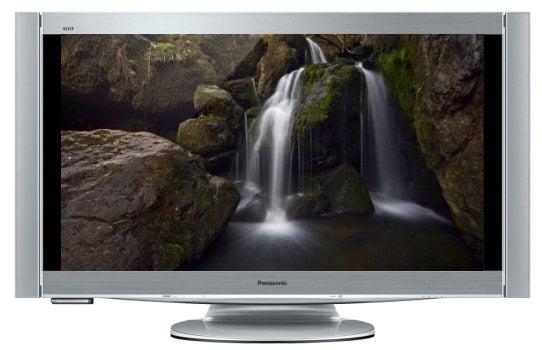
Verdict
Key Specifications
- Review Price: £5400.00
We’ve danced around a number of relatively low-rent Panasonic TVs in recent times, generally liking them – well, the plasma ones, anyway! – but more often than not also finding ourselves pointing out that Panasonic’s higher-level TVs seem to have quite a bit extra to commend them if you can stretch your finances far enough.
So today we’re pretty excited to have our hands on the ultimate expression of Panasonic’s high-end prowess: the TX-P46Z1.
Everything about the P46Z1 screams ‘flagship’. Starting, it has to be said, with its price; £5,400 is by any stretch of the imagination a huge amount to cough up for a 46in TV, especially from a brand selling 42in plasma TVs further down its range for less than £700.
As soon as you open its box, though, the P46Z1 starts to justify its premium price. For despite being an inordinately large box, it’s absolutely stuffed to bursting point with stuff. A pair of detachable speakers, a large detachable desktop stand, an external AV receiver/tuner box, the broadcasting and reception modules for a built-in wireless video transmission system and, of course, the 46in screen itself.
Much if not all of the stuff we’ve just found crunched into the P46Z1’s box needs more explanation, with the screen component probably being the most logical place to start. For this is, at long last, one of those ultra-slim plasma screens Panasonic has been demonstrating at shows for years now, but which we’d almost given up on ever seeing in the UK. It’s just 24.7mm deep for the vast majority of its body, making it far and away the slimmest plasma TV we’ve tested to date. 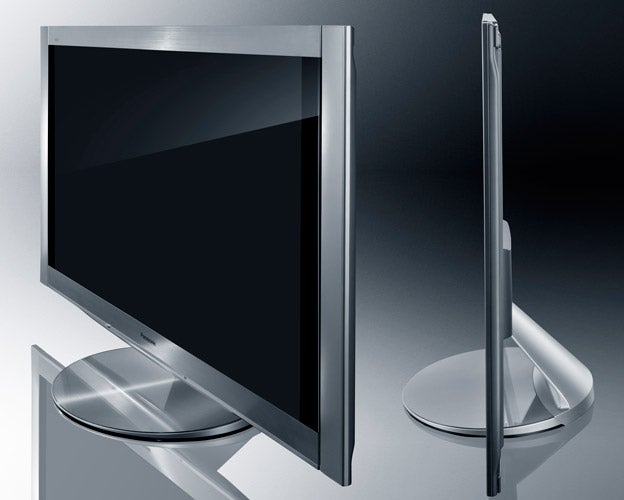
Obviously there are one or two LED TVs out there coming in even thinner, and there’s a small portion of the P46Z1’s rear that extends the depth to a less impressive 48.5mm. But this central section isn’t visible at all unless you’re stood practically behind the TV, so it doesn’t really diminish from the truly impressive aesthetic punch the set’s slenderness delivers.
Regular readers will know that I’m actually something of a ‘skinnysceptic’ when it comes to TVs, not really understanding the obsession with making TVs a few cm thinner when I’d rather everyone was putting all their efforts into making their screens better performers. But slim TVs really do seem popular with the public at large, so even I have to acknowledge the importance of plasma technology proving that it can ‘do slim’ like its arch-rival, LCD.
The slimness of the P46Z1’s screen explains another of the components in the box: the external tuner/receiver box. For tuners can be bulky old things, so Panasonic presumably had to move them to the external box to keep the screen slim.
Also, of course, really thin TVs appeal to people keen on hanging their screens on a wall, in which case having less cables spewing out of the screen is clearly a very good thing.
Which kind of leads us to the wireless transmission and reception units we mentioned earlier. For in order to keep the cables going into the P46Z1 to an absolute minimum, Panasonic has included with the TV its brand new ‘WirelessHD’ cable-free AV broadcasting system, so that you can send audio and video from the AV receiver box to the screen without a cable in sight.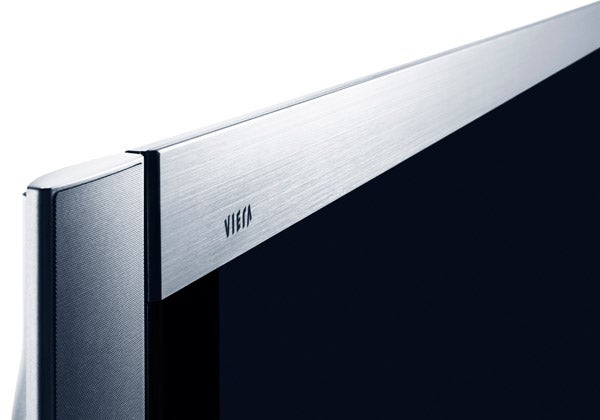
What’s more, unlike the wireless AV connection Sony supplied with its 40ZX1 TV, the P46Z1’s beam-based WirelessHD system – created in conjunction with a consortium of brands including Samsung, Sharp and Yamaha – can support 1080p HD as well as 1080i. This is a potentially crucial point for Blu-ray fans.
The only downside of the P46Z1’s wirelessHD engine – ahead of actually seeing if it works! – is that it’s not all built in to the screen and media tuner box like it is with Sony’s 40ZX1. Instead, you have to put up with a funny little plasticky transmission lump sitting on top of your kit pile, and worse, a little black receiver hanging off the bottom of the screen. Since the screen is resplendent in a sumptuous silver metallic finish for the top and bottom sides of its bezel, and perfectly symmetrical in its lines, there’s no doubt that having a bit of black plastic hanging off the left-hand underside stands out like a sore thumb. 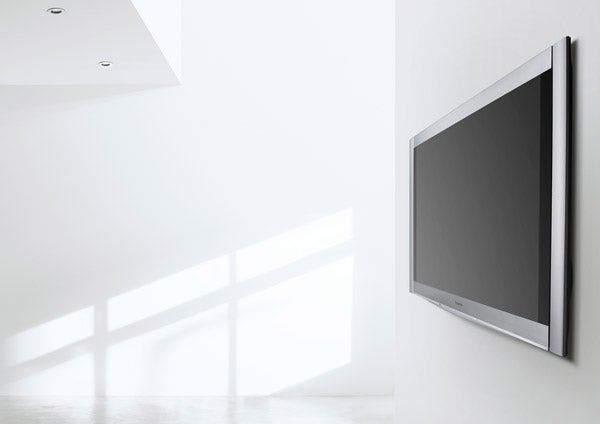
The slenderness of the screen possibly explains why Panasonic ships detachable speakers with the P46Z1 too, since it might have been too difficult to integrate any into the frame without drastically compromising their performance. Plus, of course, the fact that they’re detachable means you don’t have to use them at all if you’ve got a separate sound system – something that’s entirely possible if you can afford to splurge £5400 on a telly…
One more thing to say about all the separate bits that go into the full P46Z1 package is that they do make it much tougher to set up than your average TV, with loads of different sized screws to get your head round. It doesn’t help, either, that the sockets on the wirelessHD transmitter unit seem to have been designed by a sadist, so bloody awkward are they to get the cables into.
Focussing now on the AV receiver/tuner box, it’s a pretty well connected affair. Highlights include four HDMIs (one under a flap on the front), an SDHC card slot capable of playing photo or video files, a PC port, and a satellite LNB input. This is there because, as we’d expect of a premium Panasonic TV, the P46Z1 carries a Freesat as well as a Freeview tuner as standard.
One other jack that warrants closer attention is an Ethernet port. This allows you to jack the TV into Panasonic’s online VieraCast service, or to access files from a networked, DLNA-capable server.
We’ll have a look at what VieraCast has to offer in a moment, but first we’ve got a few more key screen specifications to cover. First of all, as you’d expect the P46Z1 is a Full HD screen. More unusual, though, is its claim of a 2,000,000:1 contrast ratio, delivering what Panasonic likes to call an ‘Infinite Black’. 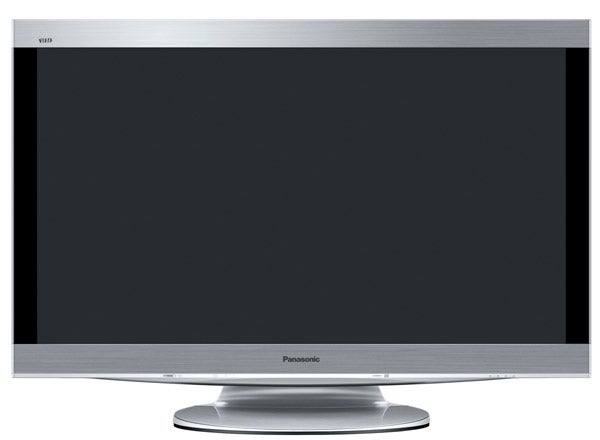
More unusual still is the fact that the TV carries THX certification, having satisfied THX engineers that it has the black level, resolution, contrast and colour gamut talents necessary to deliver a sufficiently excellent cinematic display. This bodes extremely well for the TV’s performance, of course – though I have found that for better or for worse, my own views on picture quality don’t always completely coincide with those of the THX people!
Still more justification for the P46Z1’s soaring price tag comes with the discovery of Panasonic’s 600Hz Sub-field Drive Intelligent Frame Creation Pro video processing system (try saying that with a mouthful of Mars Bar). This interpolates so many extra image frames in a bid to tackle plasma’s traditional problem with judder that it ups PAL playback from the usual 50 frames per second to a huge 600fps. And we’ve seen it deliver some very impressive results previously, on Panasonic’s P46G10.
Since we haven’t had the opportunity to see the VieraCast online platform in action before, it’s worth devoting a moment or two to seeing how it stacks up against rival systems from the likes of Samsung and Philips.
Actually, it’s not bad at all. It’s effortless to get up and running (though it can’t be accessed wirelessly like Samsung’s online platform), and the opening screen is excellently presented, with graphical links to Panasonic’s preferred content providers as well as quick weather and finance reports appearing around a small version of the TV picture you were watching when you hit the Viera Cast button.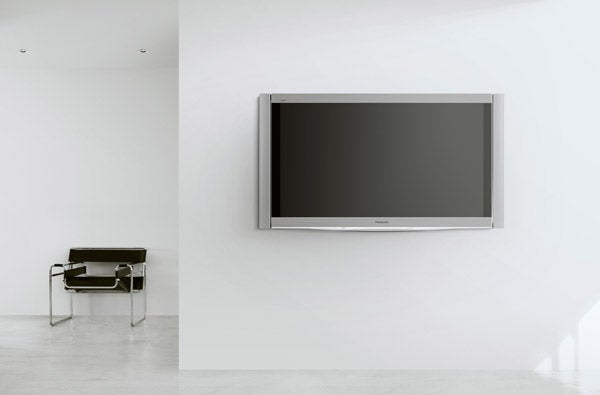
Unfortunately, at the moment there are only three key content providers available via VieraCast – there’s even a space in the bottom left corner for another provider to be added when Panasonic manages to sign one up, reminding you immediately of how the service is still in its infancy.
On the upside, the three main content providers are all pretty respectable: YouTube, the Picasa picture platform, and Eurosport. The YouTube system seems to let you access pretty much every file on its servers, while Eurosport offers a surprisingly diverse, extensive and regularly updated collection of video news options.
The interface for all these services works nicely too, with intuitive access to everything via the remote, good screen organisation, and a respectable text input system. Stuff loads in quickly, too.
As with all the ‘ring-fenced’ online systems I’ve seen so far, it’s important to stress that what you get with VieraCast is probably best seen as a (big!) extension of digital teletext rather than a full-blown internet service. And I did experience the occasional streaming problem with YouTube. But it was impossible to tell if this was down to YouTube’s servers, the online handling of the TV’s tuner/media box, or the wirelessHD system. All in all, though, VieraCast is a good first try by Panasonic, and it can only get better as more content deals get done.
So much for the rather vast background to the P46Z1. Now it’s time to finally find out if its performance delivers on all the promise.
Actually, it does. Arriving on the heels of a cluster of decent but not awe-inspiring plasma screens from the lower reaches of Panasonic’s latest TV range, the P46Z1 delivers exactly the sort of AV punch we’d hope for from a flagship model from one of plasma technology’s most experienced devotees.
The first thing to stress is that the slender chassis has squeezed in one of Panasonic’s new NeoPDP plasma panels, meaning that its pictures are capable of being markedly brighter than those of the brand’s cheap models. And since this extra brightness is delivered without seemingly compromising Panasonic’s famous black level response in the slightest, the P46Z1’s pictures enjoy a stunning level of dynamism, even during dark scenes (scenes where most LCD-based rivals tend to hit a brightness-reduced, greyed-over brick wall…).
It’s great to note, too, that the P46Z1’s black levels don’t drop off at all if you watch the TV from the side, unlike the vast majority of LCD screens. 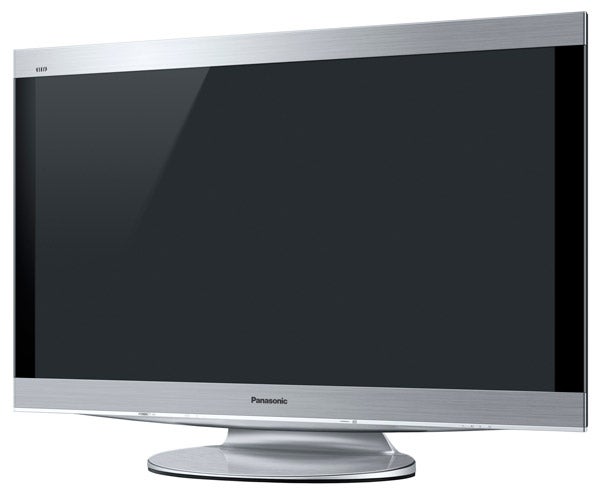
Also worth pointing out is that if you happen to be using a P46Z1 in a very dark room, the screen carries the flexibility for you to massively reduce its brightness while still ending up with a very enjoyable picture, if you’d rather save money and be ‘green’ by keeping its power consumption down.
Arguably the most pleasing thing about the P46Z1’s pictures, though, is their colour handling. Tones generally, with both standard and high definition, look much more natural than they do with Panasonic’s cheaper models, especially where rich reds and subtle skin tones are concerned. Colours look more dynamic and expressive than I’ve seen them on a Panasonic plasma too.
It’s also a relief to find the considerable processing power of the P46Z1 helping it upscale standard definition pictures with much more sharpness and conviction, but less noise, than I’ve noted with Panny’s cheap plasmas.
Of course, though, the screen’s sharpness and clarity are really at their most potent when watching high definition. And they really are very potent indeed, helping the screen produce pictures of mesmerising, intoxicating detail, texture, dynamism and subtlety. What’s more, with the exceptional clarity being joined by black levels at least rivaling those of Pioneer’s KURO plasmas, and much brighter, more natural peak whites than you get with previous Panasonic plasma generations, you really do have an image that’s truly cinematic in a way most ordinary TVs can only dream about.
Rounding off the image’s talents is the screen’s highly impressive motion handling. If you’re watching a Blu-ray, the P46Z1’s 24p Smooth Film mode becomes active, and this really does do a terrific job of eradicating the judder from the picture that’s such a feature of Panasonic’s entry-level plasmas. Instead motion looks silky smooth without becoming unnatural – and processing glitches such as flickering edges are impressively rare.
It would have been nice, perhaps, if Panasonic had provided some way for you to adjust the ‘heaviness’ of the motion processing, to eradicate the artefacts completely. But overall I found myself more than happy to leave the processing permanently active. Mind you, even if you decide you don’t like the processing, you can rest assured that the TV’s native judder levels aren’t at all bad anyway.
With non-24p sources, the 24p Smooth Film mode turns into Panasonic’s Intelligent Frame Creation system, where again you only get options to switch it on or off rather than adjusting its power. But actually I detected even less processing side effects from this than I did with the 24p system, so the need to deactivate it or reduce its power is even less pressing.
One final comment concerns the TV’s THX picture preset, which really does deliver a pretty superbly calibrated image for films – so long, at least, as your viewing room is reasonably dark. Having such a carefully created film preset preinstalled on the TV really is a boon for people not particularly confident about calibrating a screen themselves (though I probably wouldn’t use it with PAL TV sources).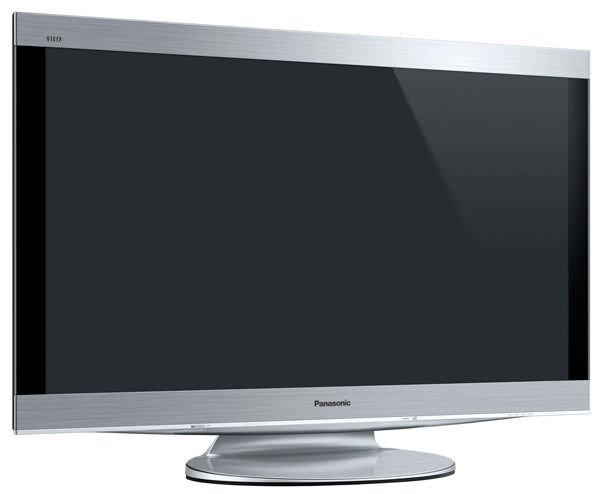
If you really pushed me to find any flaws in the P46Z1B’s picture make up beyond the occasional processing glitches already mentioned, I might say that the occasional standard definition skin tone looks a touch plasticky and even slightly orange. But such moments are rare, and generally lost in the ocean of good stuff that’s going on.
I’m duty-bound to report that my test screen irritatingly kept going into a reduced brightness ‘no activity’ mode while I was watching films or TV if I didn’t touch the remote control, and I couldn’t find an option in the onscreen menus to stop this happening. However, this apparent glitch only occurred if I switched to an HDMI input direct from using the VieraCast system, and could be rectified by simply switching the TV off and on again.
Anyway, however hard I look for trouble, the bottom line is that the P46Z1 is a truly sensational picture performer, delivering – especially with HD – KURO-beating picture quality of a standard Panasonic has only previously been able to produce on its megabucks professional or custom installation screens. And it does this, let’s not forget, via a completely wireless and utterly stable connectivity system.
Even the P46Z1B’s sound is excellent, with those side-mounted speakers producing a soundstage width and dynamic range way beyond anything you usually hear from a built-in speaker system, while also leaving dialogue sounding accurately locked to the correct parts of the picture.
”’Verdict”’
The P46Z1 is a truly stunning television, combining cutting edge design and technology with professional-grade AV standards. To see one in action is to desperately want to own one.
The sad thing, of course, is that no matter how desperately we might want to own one, precious few of us will actually get the chance on account of its truly grimace-inducing £5,400 price. In fact, no matter how much I love this TV – and I really do love it – I just can’t quite justify the price in today’s ultra-competitive TV market.
Still, this is a statement TV from Panasonic aimed at people who want to make a statement. And from my experience, those sort of people nearly always have money to burn.

How we test televisions
We test every TV we review thoroughly over an extended period of time. We use industry standard tests to compare features properly. We’ll always tell you what we find. We never, ever, accept money to review a product.
Trusted Score
Score in detail
-
Features 10
-
Value 6
-
Image Quality 10
-
Design 9
-
Sound Quality 9
Features
| Size (Inch) | 46in |
| Display Type | Plasma |

